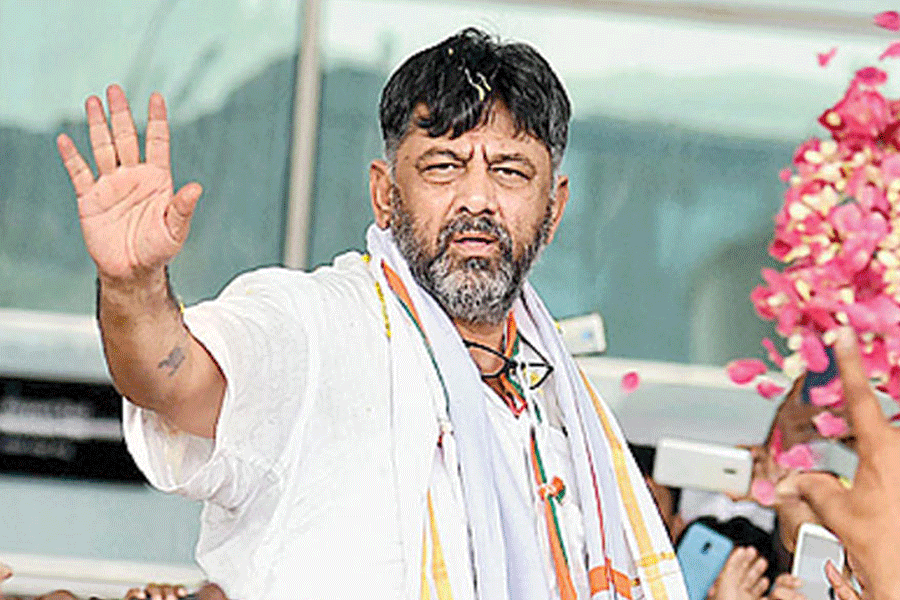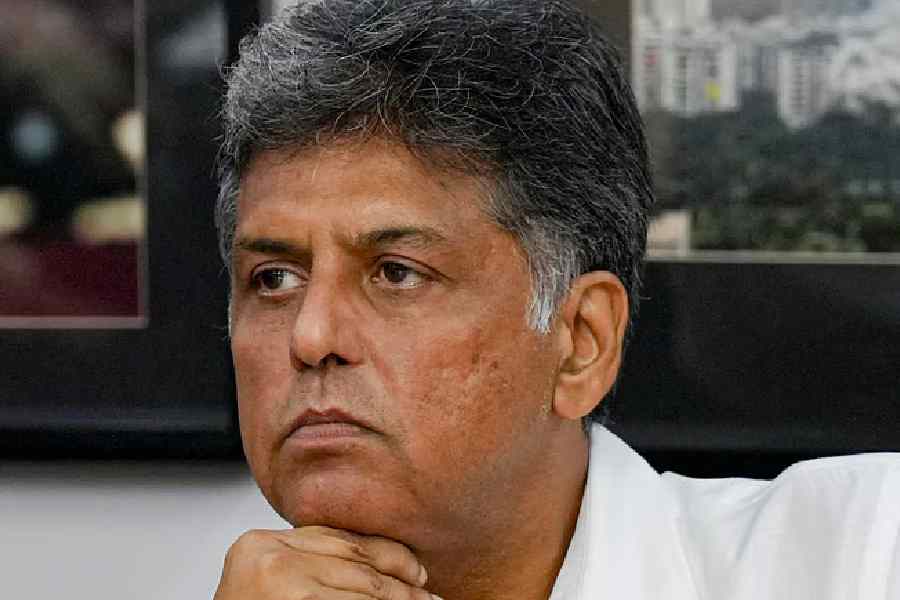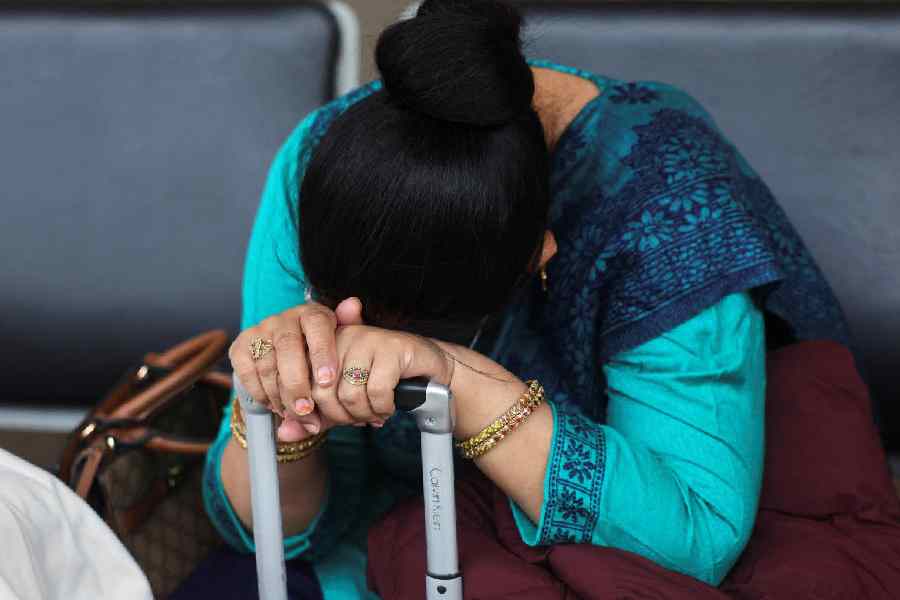A study by an NGO citing reports of the Central Ground Water Board (CGWB) indicated a distressing situation of groundwater depletion in Jharkhand because of over-extraction and lack of management of groundwater.
The study report, titled Groundwater Depletion in Jharkhand, was released by Bengal-based NGO SwitchON Foundation recently in Ranchi.
The report also highlighted that groundwater depletion is leading to reduced water availability in regions that rely on underground reserves as their primary source of freshwater. This is leading to an increase in competition for scarce resources and worsening water scarcity in already dry regions.
According to the study, about 80 per cent of surface water and 74 per cent of groundwater go outside the state because of the geographical setup and cause 38 per cent of the droughts in Jharkhand.
"Groundwater is found under semi-confined to confined aquifers in the fractures situated at a deeper level in the state," the report said.
“Based on CGWB reports in the pre-monsoon season of 2021, the shallowest water table level in Jharkhand found was in Hazaribagh district — 0.03 metres below ground level (mbgl), and the deepest water table level was found at 9.7mbgl in Koderma district,” the study pointed out.
The report also informed that in the pre-monsoon season of 2022, the groundwater level of the state had declined by two metres.
In 2022, the monsoon rainfall received was in deficit by more than 60 per cent and about 90 per cent of reservoirs were only 40 per cent full.
The study pointed out that since the introduction of tube wells, the groundwater levels in the state have declined over the last two decades.
It also stated that in the districts of Bokaro, Giridih, Godda, Gumla, Palamu and Ranchi, the fluoride concentration in groundwater was beyond permissible limit citing CGWB findings.
“As of now, the tube well exerts more pressure on groundwater resources in deep aquifers, especially in the urban areas of Ranchi. Most regions of the districts of East Singhbhum (comprising Jamshedpur), Ranchi and Saraikela-Kharsawan (comprising the ancillary hub of Adityapur), the groundwater is declining as revealed by a study of depth to groundwater level (DGWL) conducted over the period 1996–2018,” the study revealed.
Jharkhand has several freshwater resources in the form of ponds and streams apart from having rivers such as Damodar, Mayurakshi, Barakar, Koyal, Sankh, Son, Auranga, More, Karo, Bansloi, South Koel, Kharkai, Swarna Rekha, Ganga, Gumani, and Batane.
“Unfortunately, most of them have now fully or partially dried up,” the report stated.
“Overall, the study emphasises the urgent need forbetter management and conservation of groundwater resources.
"The report recommends implementing policies to regulatethe use of underground water extraction, adopting technology and practices for water conservation and water use efficiency, promotion of water-resistant crops like millets andother indigenous rice varieties, and shifting from high-water consumption crops,” said Vinay Jaju, managing directorof the NGO.











